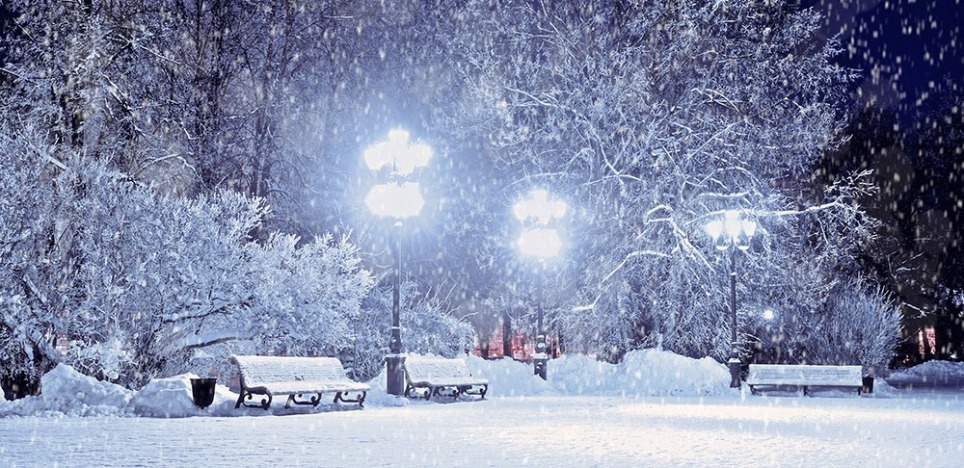"May you experience each day as a sacred gift woven around the heart of wonder." This blessing was written by the Celtic writer John O'Donohue, who died unexpectedly in 2008. We remember him as we experience the wonders of this time of year.
Philosopher Sam Keen coined the term "wonderosity" to describe the combination of wonder and curiosity. Wonder is a natural response to the reports of our senses; we are dazzled by something in the world around us. Curiosity helps us stay open to new experiences, and it takes us to places where we can be amazed.
Winter can be a wonderland for those with eyes to see and ears to hear. While on the surface the winter world appears drab, especially compared to the riot of summer and fall colors, with wonderosity we can find much to celebrate in these months. Increasing our appreciation for all of God’s Creation by consciously noticing what arouses our wonder is a spiritual practice.
Take trees. A friend recently showed us a series of pictures she had taken of the tree outside her apartment window through the different seasons of the year. Whereas in summer its green leaves filled the picture frame with an image of lushness, in winter its bare branches silhouetted against the city skyline created an awe-inspiring metaphor of how nature endures despite the odds in inhospitable environments.
Later, we went for a walk through our neighborhood park, curious to see how those trees might evoke our wonder. We were amazed at the different types of bark and the often strange shapes of the branches. How generous is our Creator to have given us such a rich palette of tones and textures to admire!
Wonder inevitably brings us closer to God. As a spiritual practice, you might make a list of the experiences — past and present — that have drawn out your wonderosity. For example, remember when you first learned that no two snowflakes are the same? Did you think, as we did as children, that only God could be that creative? That’s one for the wonder books.
Actually, keeping a wonder book is a good way to awaken and expand your sense of wonder. Ask some children to help you. They probably are already good collectors of amazing things for school projects and "show and tell." Create a scrapbook with photos, cut-out pictures, and samples of things that evoke your admiration of God’s generosity.
If you have been keeping a journal for some time, read through old entries for experiences of wonder. Usually you will find they have sparked some of your most vivid descriptions.
If crafts and journaling are not your thing, spend some of the long winter nights reading wonder writers. For example, in A Natural History of the Senses, Diane Ackerman writes about the beauty, intricacies, and sheer amazements of the world we experience through our senses. Others who regularly describe the wonders they behold are Brenda Peterson, Terry Tempest Williams, and Barry Lopez.
Gunilla Norris, whose book of meditations Being Home: Discovering the Spiritual in the Everyday has been re-released in paperback, shows us the wonders around us in our homes. In a short piece on "Paperwork," she surveys her desk and observes: "How marvelous that a nest of papers can be a place where new things come to be."
Pulitzer Prize-winning contemporary poet Mary Oliver is one of America’s all-time great wonder writers. Her book-length poem The Leaf and the Cloud reads like a doxology. She gives thanks for all the glories around her:
"I will sing for the salt and pepper in their little towers
on the clean table.
I will sing for the rabbit that has crossed our yard
in the moonlight,
stopping twice to stamp the cold ground
with his narrow foot. . . .
I will sing for what is behind the veil
light, light, and more light."
